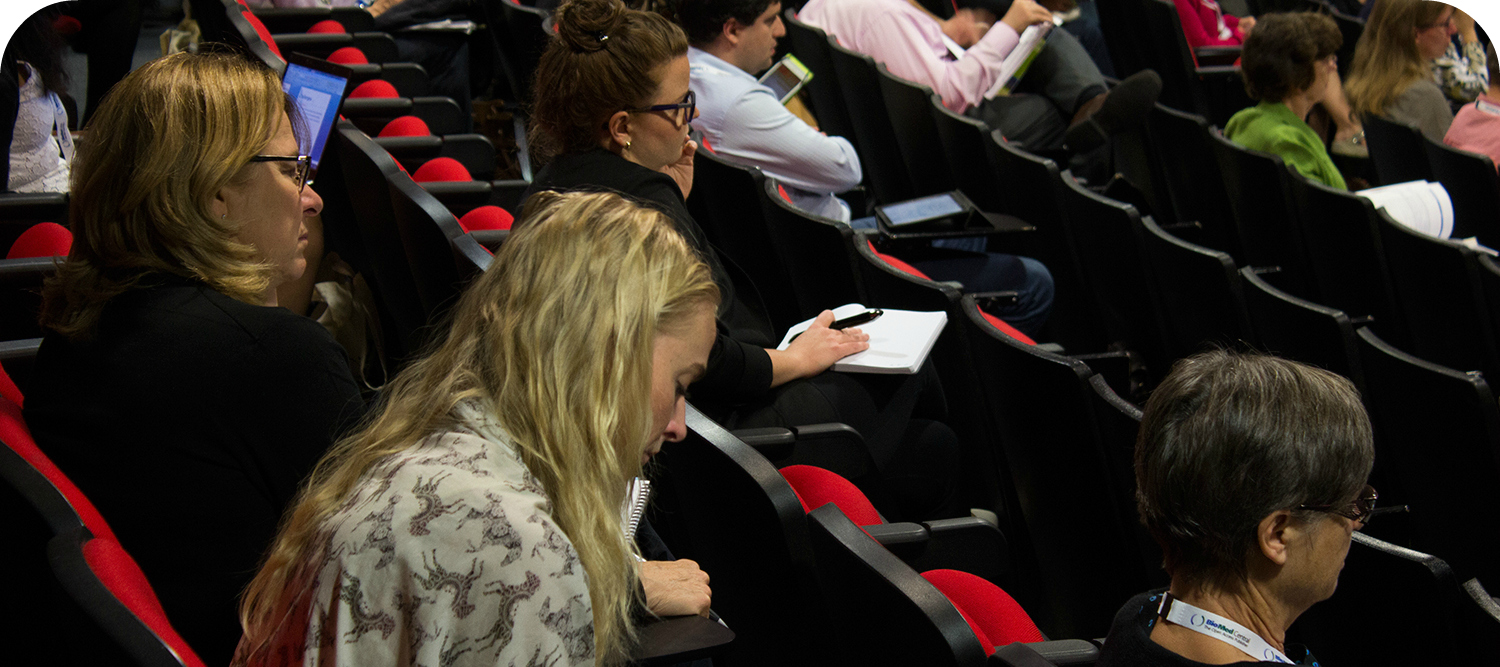
Our Health Services Research conference continues at King’s College London with its second day. What did we learn? And, what were the highlights? Guest bloggers, Jay Shaw and Anita Kothari, round up Day 2 with their key moments.
Three thematic sessions organized the day: Implementation Science, Health Economics, Health Human Resources and Health Systems. Here’s a flavour of how the day unfolded:
Anna Gagliardi, a Scientist with the Toronto General Research Institute, spoke about the problem of translating clinical practice guidelines into practice. In particular, successful implementation in the user setting is difficult to achieve. Since those who produce guidelines may not have the resources to focus on implementation, this task often falls to the user. Tools are available to assist with implementation but it is unclear what features are most useful. Anna and her team asked international guideline experts what they thought were useful characteristics of previous tools, resulting in a 12-item Guideline Implementation Tool Framework for future guideline development.
Like Anna, Anne Rogers, from the University of Southhampton, also presented work on an understudied topic: patient systems of illness management for long term conditions. Through multiple, international case studies, she examined the work, meaning and function of personal communities of illness management. She found that self-managing networks exhibited navigation, negotiation and collective efficacy. In essence Anne and her colleagues bridge personal agency with collective resources.
Another interesting presentation was given by Anne Nabukenya, from the Makerere Univeristy School of Public Health. Their dilemma was that HIV infected women are at highest risk for cervical cancer, so they focused on the HIV care delivery system as an access point for cervical screening. What made their program successful was the switch from traditional PAP smears to visual inspection with acetic acid (VIA), delivered by a nurse and combined with same-day treatment. Refusal to screen was less than 5% with this new model of care!
Finally, Susan Michie of University College London presented her team’s work on The Behaviour Change Wheel as a model for guiding research and practice oriented to implementing changes in health care. She explained the essential steps in focusing on behaviour change during the implementation process: (1) Precisely define the target behaviour, (2) Understand the behaviour in context, (3) Understand what is causing the behaviour, and (4) Consider all the options when choosing an intervention. Professor Michie’s work on The Behaviour Change Wheel is available open access, published in Implementation Science.
There were of course many other great talks throughout the day! See the conference program for additional details.
Day 2 is now over but there’s one more day to cover. Stay tuned with the #HSRConf2014 hashtag!
You can follow Jay and Anita’s conference tweets on the conference Twitter account (@hsrconf).
One Comment